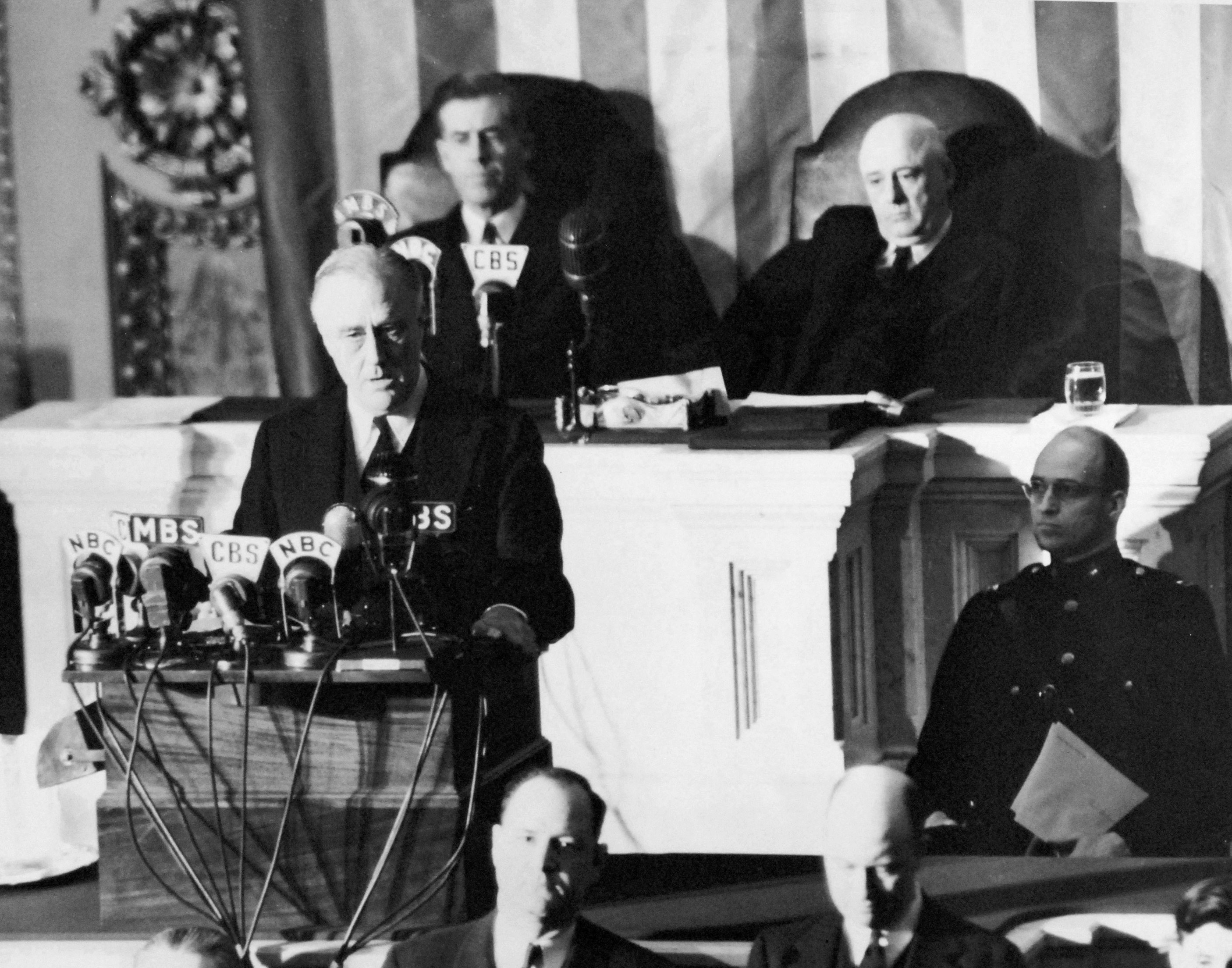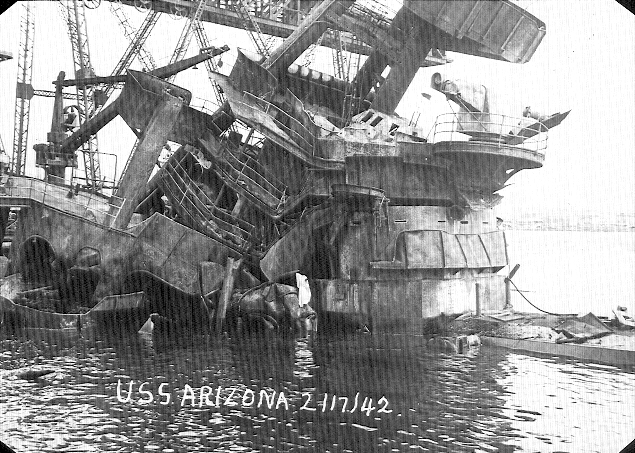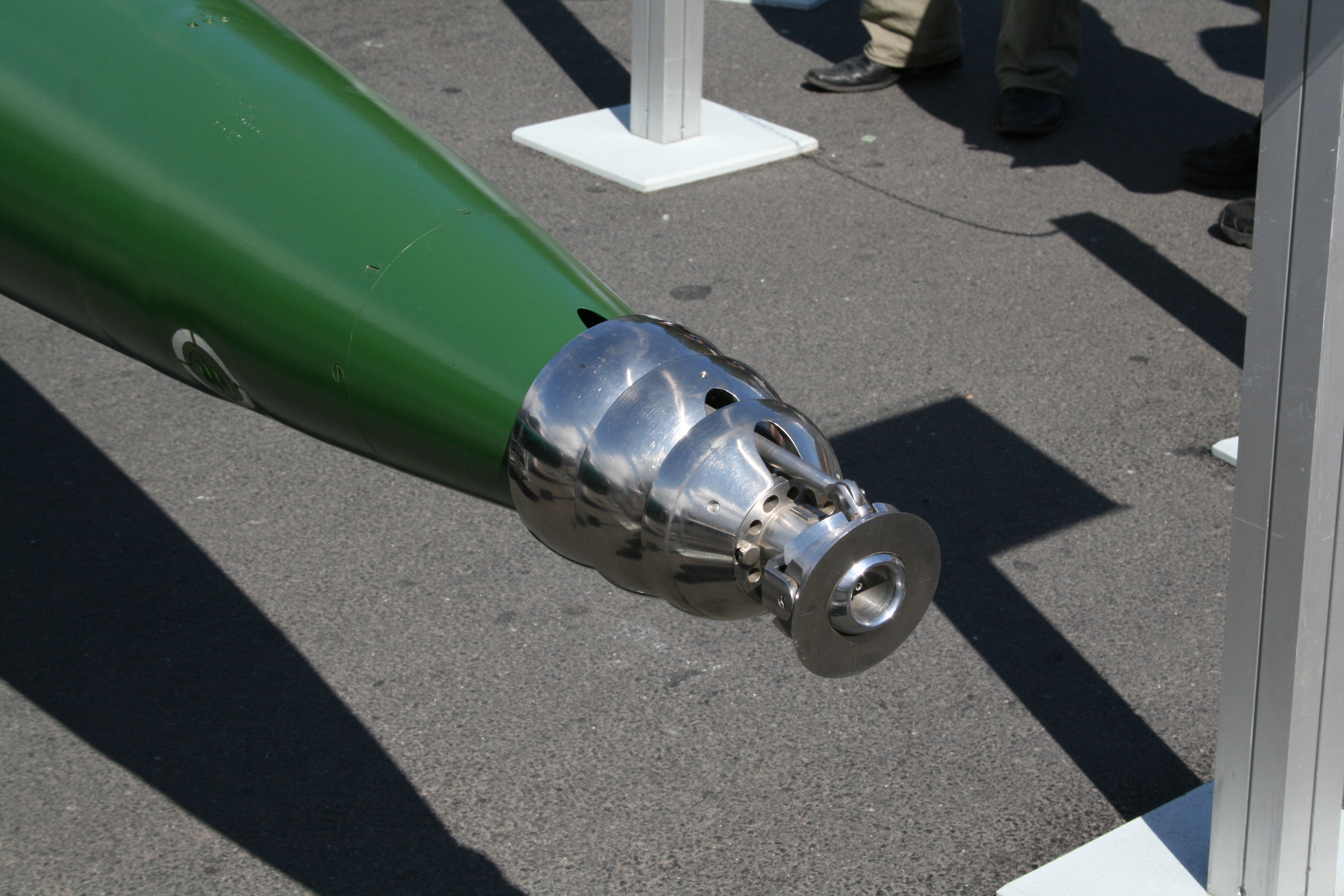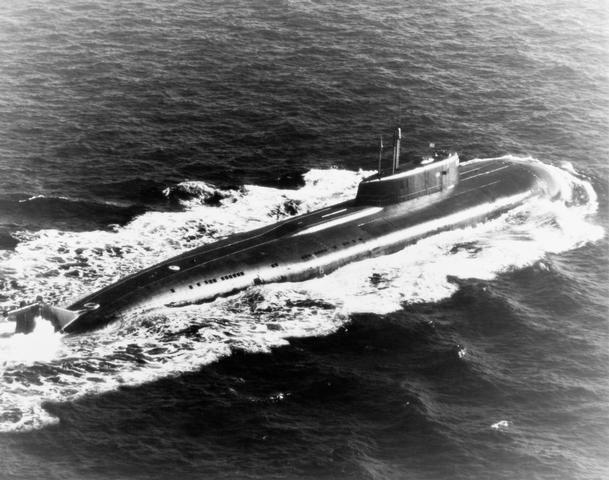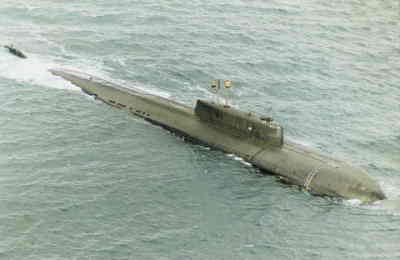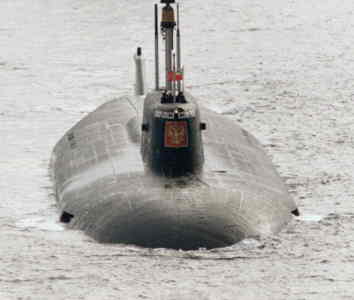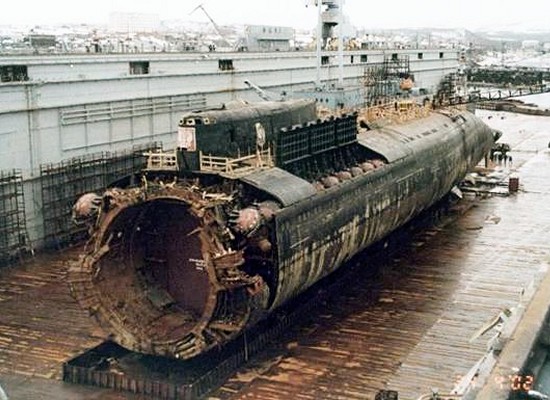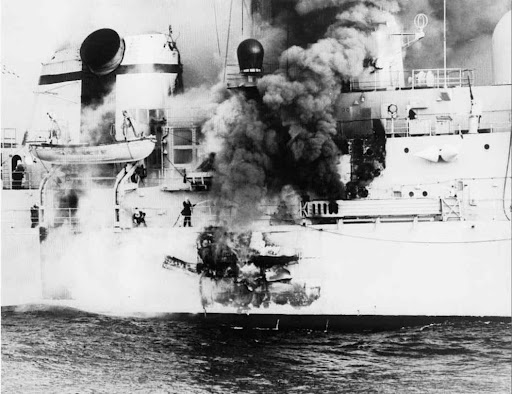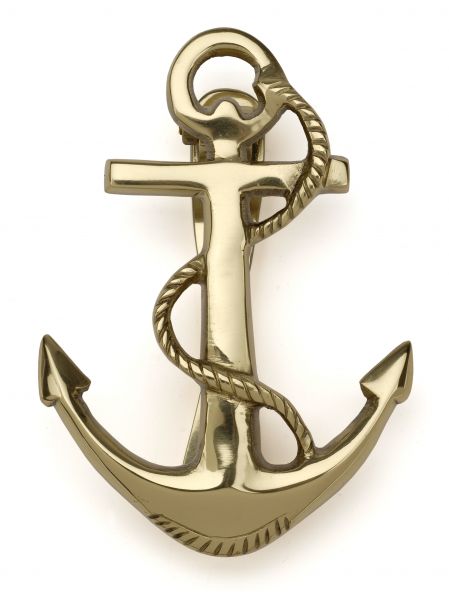



HMAS Melbourne started life as HMS Majestic and although she was flagship of the RAN, she never fired a shot in anger and only ever served in peripheral roles. She is, however, infamous for achieving the dubious distinction of being the only British Commonwealth naval vessel to sink two friendly warships in peacetime.
The Sinking of HMAS Voyager
On 10 February 1964, HMAS Melbourne was performing trials in Jervis Bay under the command of Captain John Robertson, following the annual refit. The Daring class destroyer HMAS Voyager was also present, undergoing her own trials following refit, under the command of Captain Duncan Stevens. The trials involved interactions between both ships, and when Melbourne performed night flying exercises that evening, Voyager acted as the carrier's plane guard escort. This required Voyager to maintain a position 20° off Melbourne’s port quarter at a distance from the carrier of 1,500 to 2,000 yards (1,400 to 1,800 m).

During the early part of the evening, Voyager had no difficulties maintaining her position during the manoeuvres both ships performed. Following a series of turns intended to reverse the courses of both ships beginning at 8:40 pm, Voyager ended up to starboard of Melbourne. At 8:52 pm, Voyager was ordered to resume the plane guard station. The procedure to accomplish this required Voyager to turn away from Melbourne in a large circle, cross the carrier's stern, then take position off Melbourne’s port side. Instead, Voyager first turned to starboard, away from Melbourne, then turned to port without warning. It was initially assumed by Melbourne’s bridge crew that Voyager was conducting a series of tight turns in order to lose speed before swinging behind Melbourne, but Voyager did not alter course again.

Animation showing the courses and approximate positions of the two ships leading up to the collision.
At 8:55 pm, with Voyager still turning to port, Melbourne’s navigator ordered the carrier's engines to half astern speed, with Robertson ordering an increase to full astern a few seconds later. At the same time, Stevens, having just arrived on Voyager’s bridge, gave the order "Full ahead both engines. Hard-a starboard.", before instructing the destroyer's Quartermaster to announce that a collision was imminent. Both ships' measures were too late to avoid a collision; Melbourne hit Voyager at 8:56 pm.
Melbourne impacted just aft of Voyager’s bridge structure, rolling the destroyer to starboard before cutting her in half. Voyager’s forward boiler exploded, briefly setting fire to the bow of the carrier before it was extinguished by seawater. The destroyer's forward section sank quickly, due to the weight of the two 4.5 in (114.3 mm) gun turrets. The aft section did not begin sinking until half an hour after the collision, and did not completely submerge until just after midnight.

Melbourne en-route to Sydney, immediately after the collision. The damage to the bow can be seen.
Of the 314 personnel aboard Voyager at the time of the collision, 14 officers, 67 sailors, and 1 civilian dockyard worker were killed, including Stevens and all but one of the bridge crew. Melbourne arrived in Sydney with the survivors on 14 February, and after spending time alongside at Garden Island, was moved to Cockatoo Island Dockyard on 25 March, where a 40 ton prefabricated bow was fitted.
A Royal Commission into the events of the collision was held in 1964, and found that while Voyager was primarily at fault for neglecting to maintain an effective lookout and awareness of the larger ship's location, Melbourne’s bridge crew was also at fault, for failing to alert Voyager and not taking measures to avoid the collision. Robertson was posted to HMAS Watson, a move that he and the Australian media saw as tantamount to a demotion; Robertson resigned rather than accept the posting.
The Royal Commission and its aftermath were poorly handled, and following pressure from the public, media, and politicians, combined with revelations by Voyager’s former executive officer that Stevens may have been unfit for command, a second Royal Commission was opened in 1967. This is the only time in Australian history two Royal Commissions have been held for a single incident. The second commission found that Stevens was medically unfit for command and that some of the findings of the first Royal Commission were therefore based on incorrect assumptions. Robertson and the other officers of Melbourne were absolved of blame for the incident.
The Sinking of the USS Frank E. Evans
In February of 1969, HMAS Melbourne sailed to Subic Bay in the Philipines to participate in a joined US/AUS/NZ/UK naval exercise entitled Excercise Sea Spirit.
HMAS Melbourne’s commanding officer during the exercise was Captain John Phillip Stevenson. Rear Admiral John Crabb, the Flag Officer Commanding Australian Fleet, was also embarked on the carrier. During Sea Spirit, Melbourne was assigned five escorts: US Ships Everett F. Larson, Frank E. Evans, and James E. Kyes, HMNZS Blackpool, and HMS Cleopatra.
Captain Stevenson held a dinner for the five escort captains at the start of the exercise, during which he recounted the events of the Melbourne–Voyager collision, emphasised the need for caution when operating near the carrier, and provided written instructions on how to avoid such a situation developing again. Additionally, during the lead-up to the exercise, Admiral Crabb had strongly warned that all repositioning manoeuvres performed by the escorts had to commence with a turn away from Melbourne. Despite these warnings, a near-miss occurred in the early hours of 31 May when USS Larson turned towards the carrier after being ordered to the plane guard station. Subsequent action narrowly prevented a collision. The escorts were again warned about the dangers of operating near the carrier and informed of Stevenson's expectations, while the minimum distance between carrier and escorts was increased from 2,000 to 3,000 yards.
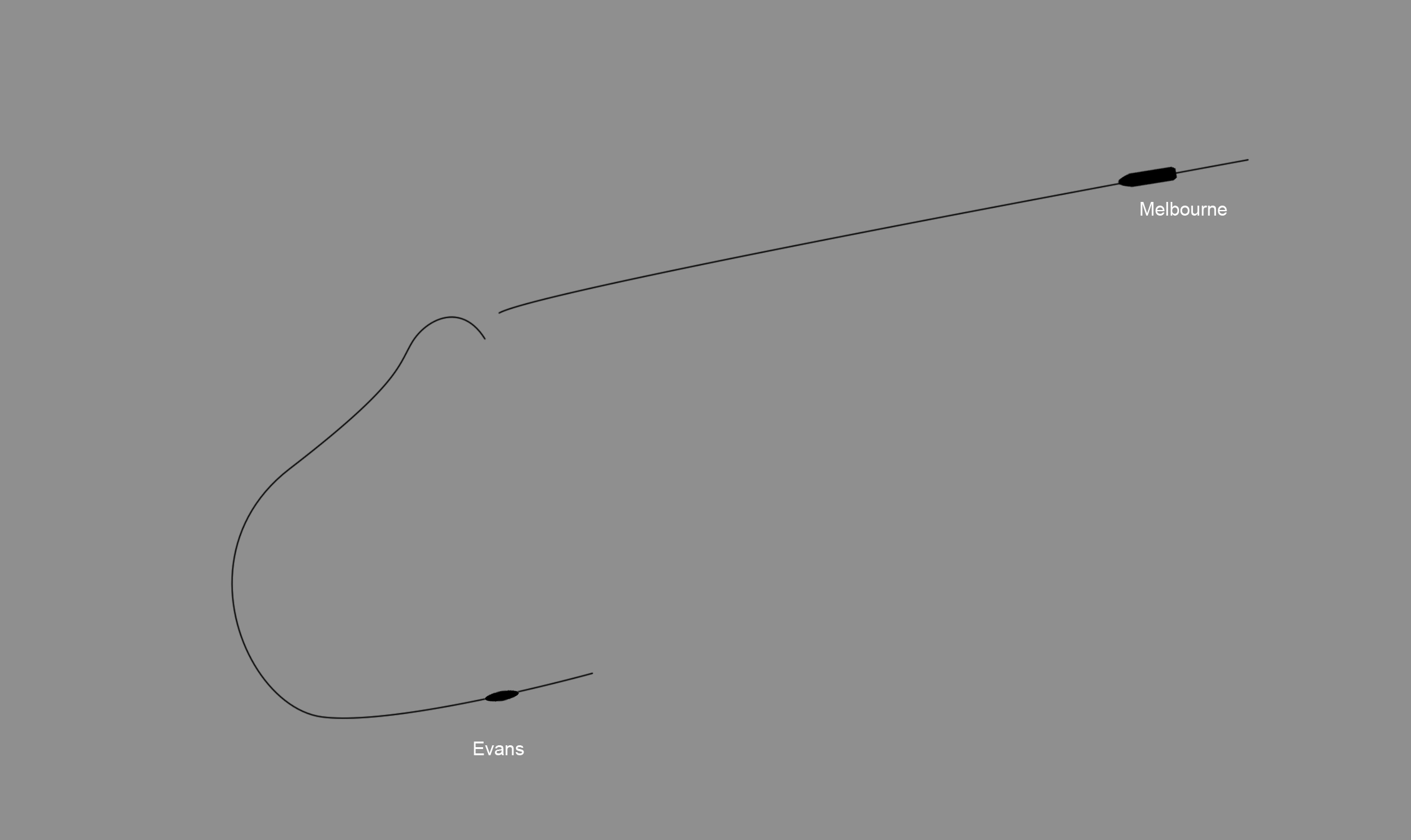
The paths taken by Melbourne and USS Frank E. Evans in the minutes leading up to the collision.
On the night of 2–3 June, Melbourne and her escorts were involved in anti-submarine training exercises in the South China Sea. In preparation for launching a Tracker, Stevenson ordered the Evans to the plane guard station, reminded the destroyer of Melbourne’s course, and instructed the carrier's navigational lights to be brought to full brilliance. Evans had performed the manoeuvre four times over the course of the night. The Evans was positioned on Melbourne’s port bow, but began the manoeuvre by turning starboard, towards the carrier. A radio message was sent from Melbourne to Evans’ bridge and Combat Information Centre, warning the destroyer that she was on a collision course, which Evans acknowledged.
Seeing the destroyer take no action and on a course to place herself under Melbourne’s bow, Stevenson ordered the carrier hard to port, signalling the turn by both radio and siren blasts. At approximately the same time, Evans turned hard to starboard to avoid the approaching carrier. It is uncertain which ship began to manoeuvre first, but each ship's bridge crew claimed that they were informed of the other ship's turn after they commenced their own. After having narrowly passed in front of Melbourne, the turns quickly placed Evans back in the carrier's path. Melbourne hit Evans amidships at 3:15 am, cutting the destroyer in two.

The stern section of USS Frank E. Evans on the morning after the collision. USS Everett F. Larson (right) is moving in to salvage the remains of the abandoned destroyer.
Seventy-four of the 273 crew from Evans were killed in the collision, with the majority of these believed to have been asleep or trapped inside the bow section, which sank within minutes. Melbourne deployed her boats, liferafts, and lifebuoys, before carefully manoeuvring alongside the stern section of Evans, where both ships' crews used mooring lines to lash the ships together. Other members of Melbourne’s crew dived into the water to rescue overboard survivors close to the carrier, while the carrier's boats and helicopters collected those farther out.
A Joint RAN-USN Board of Inquiry was established to investigate the incident, and was in session over June and July 1969. The Board found Evans partially at fault for the collision, but also faulted Melbourne for not taking evasive action sooner, even though international sea regulations dictated that in the leadup to a collision, the larger ship was required to maintain course and speed.
It was learned during the inquiry that Evans’ commanding officer was asleep in his quarters at the time of the incident, and command of the vessel was held by Lieutenants Ronald Ramsey and James Hopson; the former had failed the qualification exam to stand watch, while the latter was at sea for the first time.Subsequent to the inquiry, the three USN officers and Stevenson were court-martialled on charges of negligence, with the three USN officers found guilty and Stevenson 'Honourably Acquitted'. Despite the findings, Stevenson's next posting was as a minor flag officer's chief of staff, seen by him as a demotion in all but name. In a repeat of the aftermath of the Voyager collision, Melbourne’s captain resigned amid accusations of scapegoating.
EPILOGUE.During the 70's, HMAS Melbourne's reputation as a magnet for suicidal ships was cemented by not one, but two collisions with the carrier while she was moored in Sydney Harbour. The first with the passenger liner SS Australis on July 11, 1974, and again by the Jap Freighter Blue Andromeda on July 24, 1975.
Over the course of her career, over thirty aircraft were either lost or heavily damaged while operating from HMAS Melbourne. The majority of the aircraft ditched or crashed over the side, but some losses were due to catapult or arrestor cable failures. After Melbourne was decommissioned the Fleet Air Arm, perhaps unsurprisingly, ceased fixed-wing combat aircraft operation in 1984, with the final Tracker flight saluting the decommissioned carrier.
When she was sold to the Chinese for scrap, HMAS Melbourne left Sydney harbour for the last time in late April 1985. But the old girl wasn't going to go without one final curtain call on the stage of nautical infamy. Her towline broke on the journey north damaging her tugboat. She and a second tugboat took shelter in Morton Bay whilst the first tug was repaired, whereupon HMAS Melbourne broke her moorings and ran aground. She finally arrived in China on June 13, 1985, and the doubtlessly much relieved Chinese sent the following telegram to the Australian Government.....
Please be advised that HMAS Melbourne arrived at Port Huangpu, intact and safely afloat, proud and majestic. She has been innocent, never once bowed to the natural or human force, in spite of the heavy storm and the talked about jinx.


